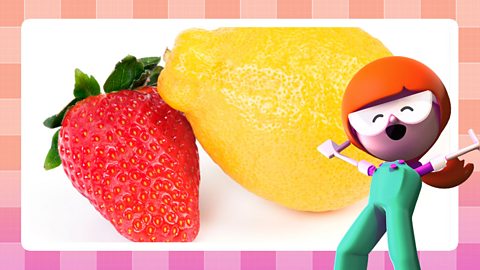What are food labels?
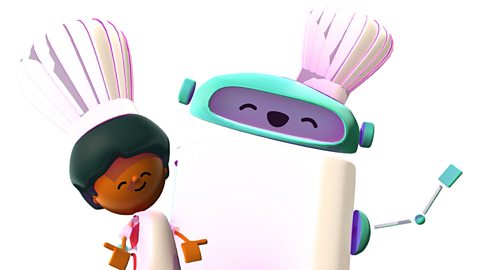
Labels on packaging include lots of helpful information about what foods and drinks contain.
This information can help us to decide if we want to buy or consume the product.
Food labels can also make the product look more appealing and might encourage us to choose the product.

Food label information
The information on a food label helps us to know how healthy a product is and the nutrition it provides.
It can give us other useful information such as:
- when it needs to be consumed by
- how to store the product
- what IngredientsA list of different foods that make up a recipe, food product or meal. the product contains
Look at this slideshow to find out more about the information that a food label provides.
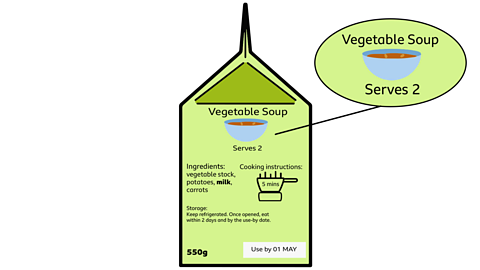
Image caption, Name of the food
This tells us what the food is. It can sometimes have a picture of the food when it is cooked or how it might look when you serve it. The label can also tell you the serving size, which shows how many people the food is ideally for.
Image caption, Ingredients
By law, most food must display the list of ingredients in the product, unless there is only one ingredient, such as rice. Allergens must be displayed in bold text so they can be seen clearly. An allergen is an ingredient that people could be allergic to or have an intolerance of, such as milk.
Image caption, Cooking instructions
Food labels usually have information on how to cook or prepare the product. It can sometimes be written instructions or a symbol like a pan with the cooking time.
Image caption, Storage instructions
Some foods, like fresh soup or milk, need to be kept in the fridge. Frozen items, such as ice cream, need to be kept in a freezer. Dried and tinned foods, such as rice or tinned tomatoes, can be stored in a cupboard. We need to know how to store the food correctly to keep it safe to eat. Storage instructions can also tell you how long to keep the food for once it has been opened.
Image caption, Weight
This tells us how much the food weighs, usually in grams (g) or kilograms (kg).
Image caption, Use-by and best-before dates
Most products must show a use-by date or a best-before date. A use-by date tells us that we must only use the product up until that date. It isn’t safe to eat food after the use-by date. A best-before date means that after that date, the food may not taste as good. As long as the product has been stored correctly, it is usually still safe to eat after the best-before date.
1 of 6
Ingredients
With so much information on the packaging of food and drinks, it is important to understand how the information is displayed to help us to make healthier choices.
For example, the list of ingredients on food packaging must be written in order of weight.
Therefore, the list starts with the main ingredients at the top and the ingredients with the lowest weight at the bottom.
Looking at the ingredients list on the packaging below, you can see that the main ingredient is mixed cereals.
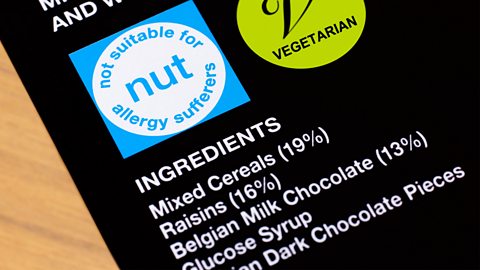
Nutritional information
The ingredients in foods and drinks provide our bodies with NutrientsNutrients are substances found in food that carry out certain jobs in the body. such as:
- carbohydrate
- fibre
- protein
- fat
- vitamins
- minerals
This is called the nutritional information and it can be found in a table on food labels, like this label from a tin of baked beans.
| Typical values | Per 100g |
|---|---|
| Energy | 392 kJ / 89 kcals |
| Fat | 0.4g |
| Carbohydrate | 14.7g |
| Fibre | 4.8g |
| Protein | 4.6g |
| Salt | 0.49g |
Traffic light labels
Traffic light labels can be displayed on the front of food and drink packaging.
They help people to understand more about the contents of the food and drinks that they consume.
The traffic light label is colour-coded in green, amber and red, just like the colours on traffic lights.
The colours show whether the amounts of fat, Saturated fatA type of fat that mostly comes from animals., sugars and salt per 100g are low, medium or high.
You can also see how many grams of each ingredient are in the food or drink per serving.
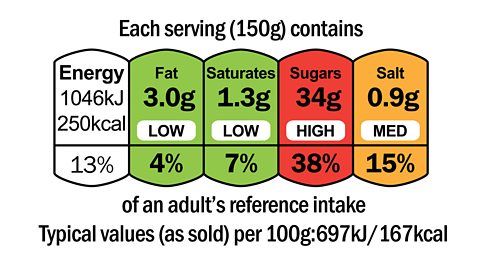
What do the traffic light colours mean?
Have a look at the slideshow below to find out more about what the colours mean and how they can help us to make healthy choices.
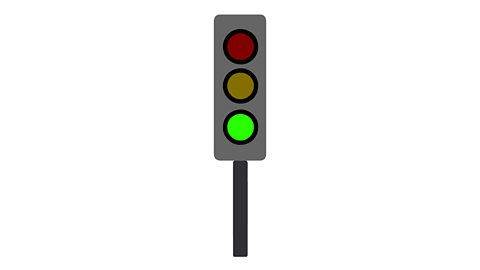
Image caption, Green
Green means the food or drink is low in either fat, saturated fat, sugar or salt. The more green you see the healthier the food or drink is. Green means go for it!
Image caption, Amber
Amber means medium. If a food or drink has amber on the front-of-pack label, it is neither high nor low in either fat, saturated fat, sugar or salt. You can enjoy a food or drink with some or mostly amber on the label most of the time.
Image caption, Red
Red means high. This tells us that the food or drink is high in either fat, saturated fat, sugar or salt. We can still enjoy foods with red on the food label, but too much of them can affect our health. This means that we should eat these foods less often and in smaller amounts.
1 of 3
Key words
| Ingredients | A list of different foods that make up a recipe, food product or meal. |
| Serving size | A serving size or portion is often written on food packaging to give an idea of how much of the food one person is recommended to eat. |
| Nutrients | Nutrients are substances found in food that carry out certain jobs in the body. |
| Saturated fat | A type of fat that mostly comes from animals. |
Quiz: High, medium or low?
Do you know what a traffic light label can tell us about a food? Test your knowledge with this quiz.
More on Cooking and nutrition
Find out more by working through a topic
- count1 of 13

- count2 of 13
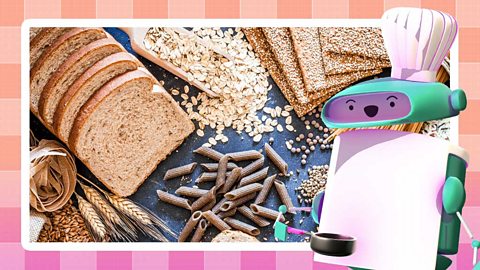
- count3 of 13
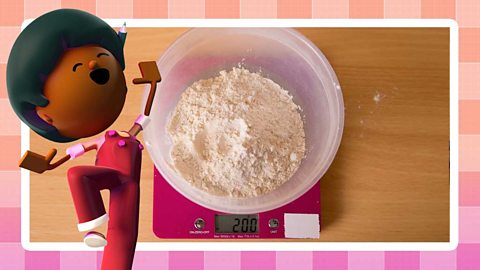
- count4 of 13
